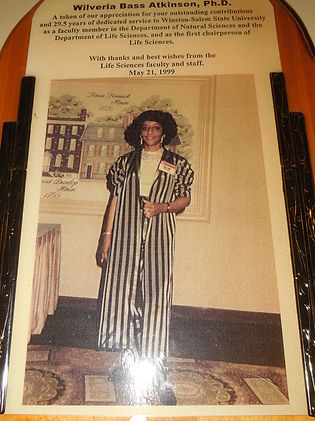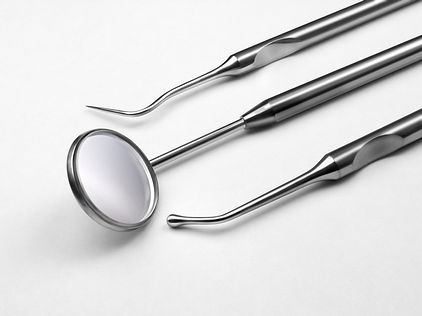
Investigation and Research I
This page is dedicated to many of the assignments done in Investigation and Research I.
Course Goals:
1. Distinguish categories of scientific literature: primary and secondary literature
2. Discuss the scientific process: scientific method, plagiarism, publishing, and ethics in scientific research
3. Learn effective literature search strategies: search engines, search techniques, internet and library resources and databases
4. Effectively present and communicate in various oral formats
5. Conduct research that is focused on a WSSU historical figure in STEM that will be presented in an exhibition setting
6. Perform simple manipulations of numerical data in graphical form.
7. Describe and interpret graphs
8. Use numerical evidence to generate and test hypotheses by using various statistical tests
9. Articulate scientific arguments based on numerical evidence
10. Create an e-portfolio that demonstrates the advancement and development of specifically oral communication and information literacy skills, but also highlights the student’s scientific literacy and written communication skills.
The Assignments
Historical Figure Assignment:
Wilveria B. Atkinson
This assignment was dedicated to those who came before us at WSSU and made a tremendous difference for us to be where we are as a University today. She has made a huge impact on WSSU. W.B. Atkinson was the founder of the Project Strengthen program at WSSU, which was a biomedical research program for students interested in pursuing a postgraduate degree in science or health. Atkinson was recognized for raising about $24 million for WSSU, which was more funding than any other individual had raised. 84% of her WSSU students from Project Strengthen all earned their degrees for medical doctors, doctors of Dental Science, and other professions. In 2005, W.B.A. Science Building was named after her, in her honor. To the right is the link for our presentation, for more information on her.

Daphnia Experiment
For this experiment, we were free to choose the way we would test the Daphnia. Daphnia are tiny and semitransparent freshwater organisms with long antennae and prominent eyes, often used as food for aquarium fish. In our experiment we tested these organisms' heart rates based on different chemical agents added to their new environments in beakers.
Abstract:The average heart rate of a Daphnia is around 180 beats per minute. In this experiment, many different Daphnia were used to test the changes in heart rates with different chemicals, both short and long term. The different chemicals used included: vegetable oil, aspirin, lemon juice, ethanol, and spring water. In doing the long term portion, the Daphnia were placed in a certain concentration of each chemical above, with their heart rates determined a week later, using a microscope. In doing the short term portion, the Daphnia were placed on the microscope with a drop of a certain concentration of each chemical above, and the heart rate was measured. After measuring the heart rates in these different conditions, the beats per minute were analyzed to see how big of a difference each had with the average of 180, whether it was above or below. There is a link for our poster of the Daphnia experiment and our lab report.

Career Presentation
"The Road to Dentistry"
For this presentation we had to research our preferred careers. For me, that was dentistry. I looked up my top five dental school choices and their requirements. I also had the chance to search what I wanted to do after dental and since then I have searched more information as well. This assignment was useful for us because it made us see things we need to do first hand.

References:
All Assignments site information
